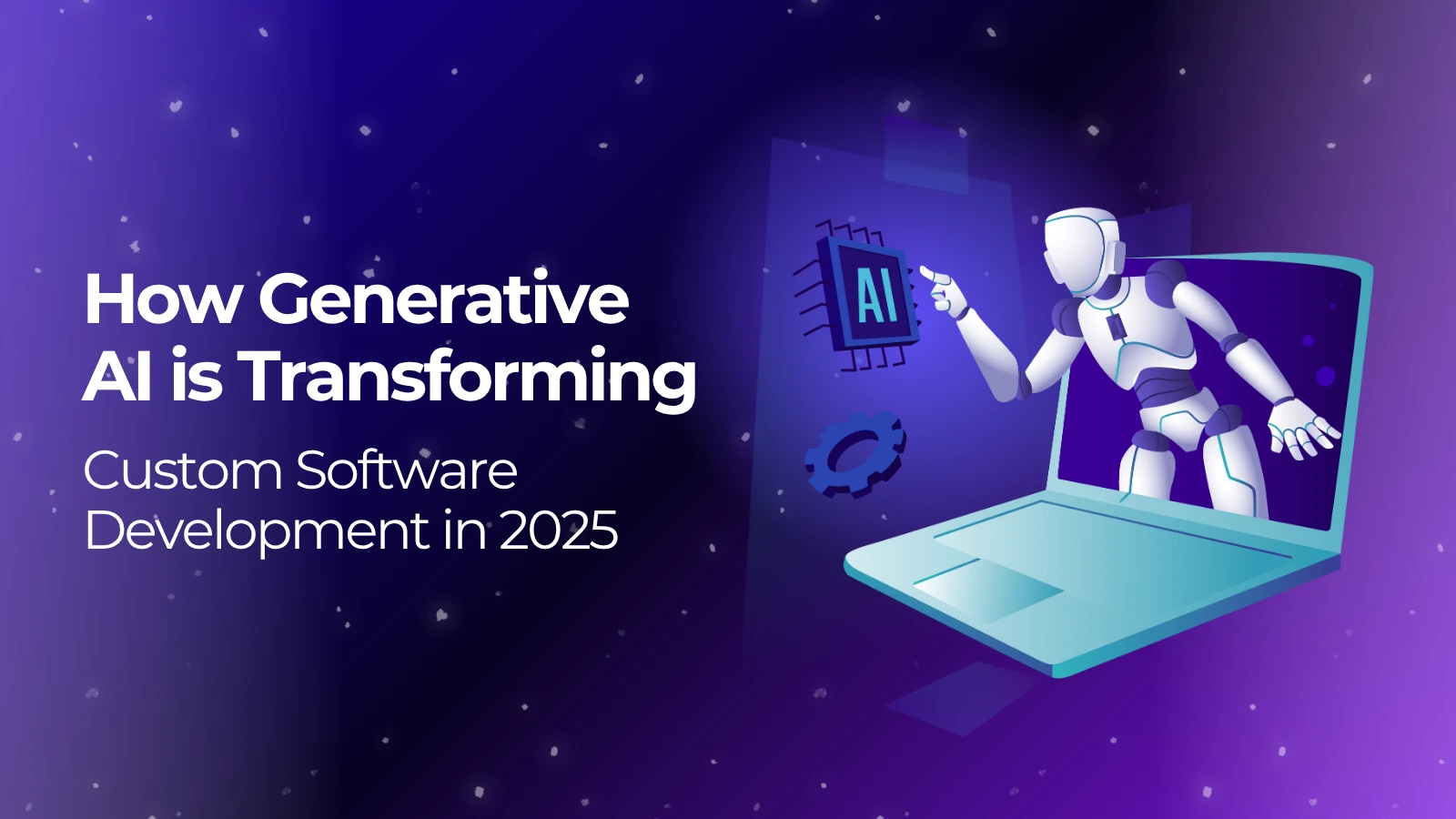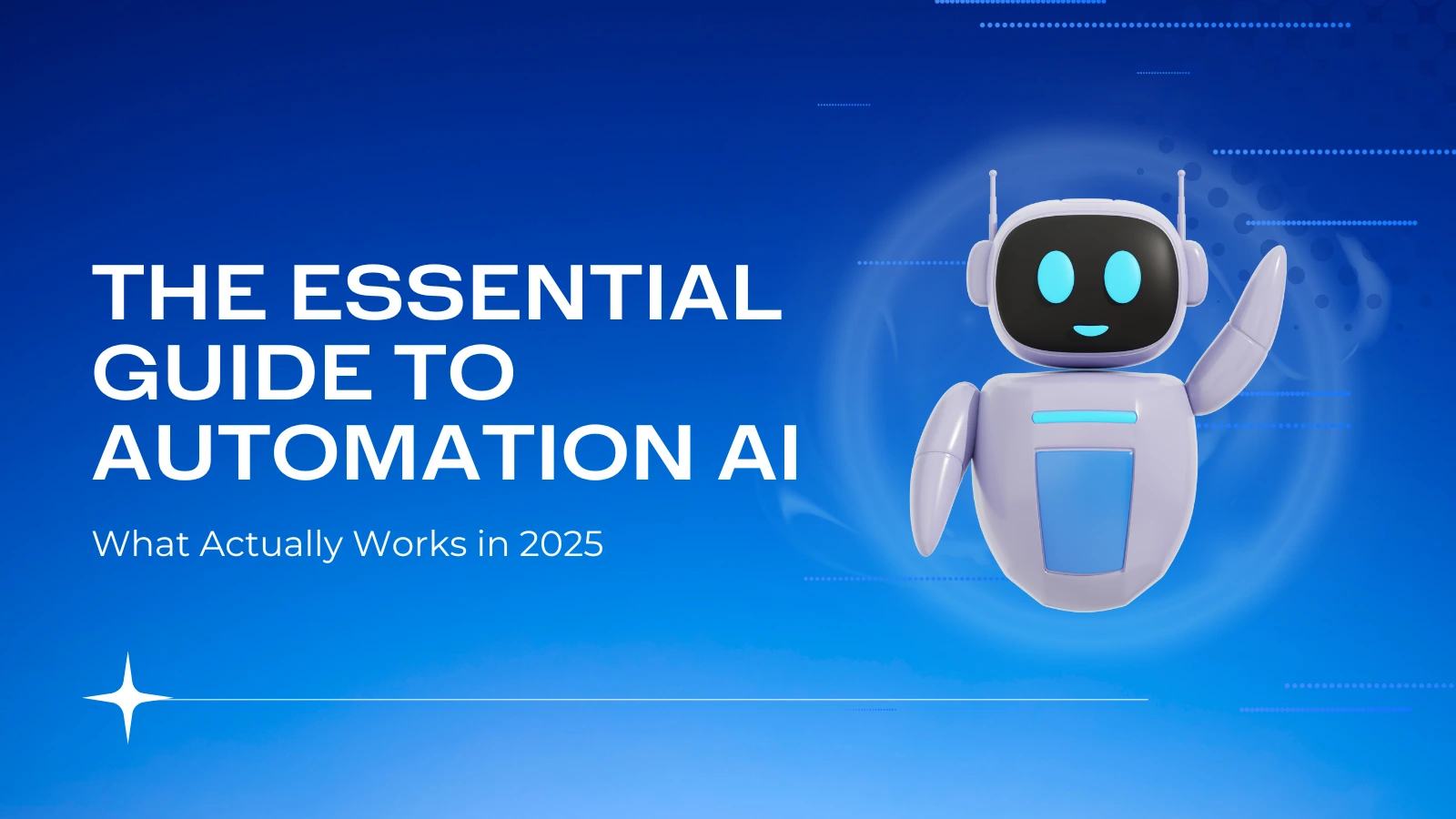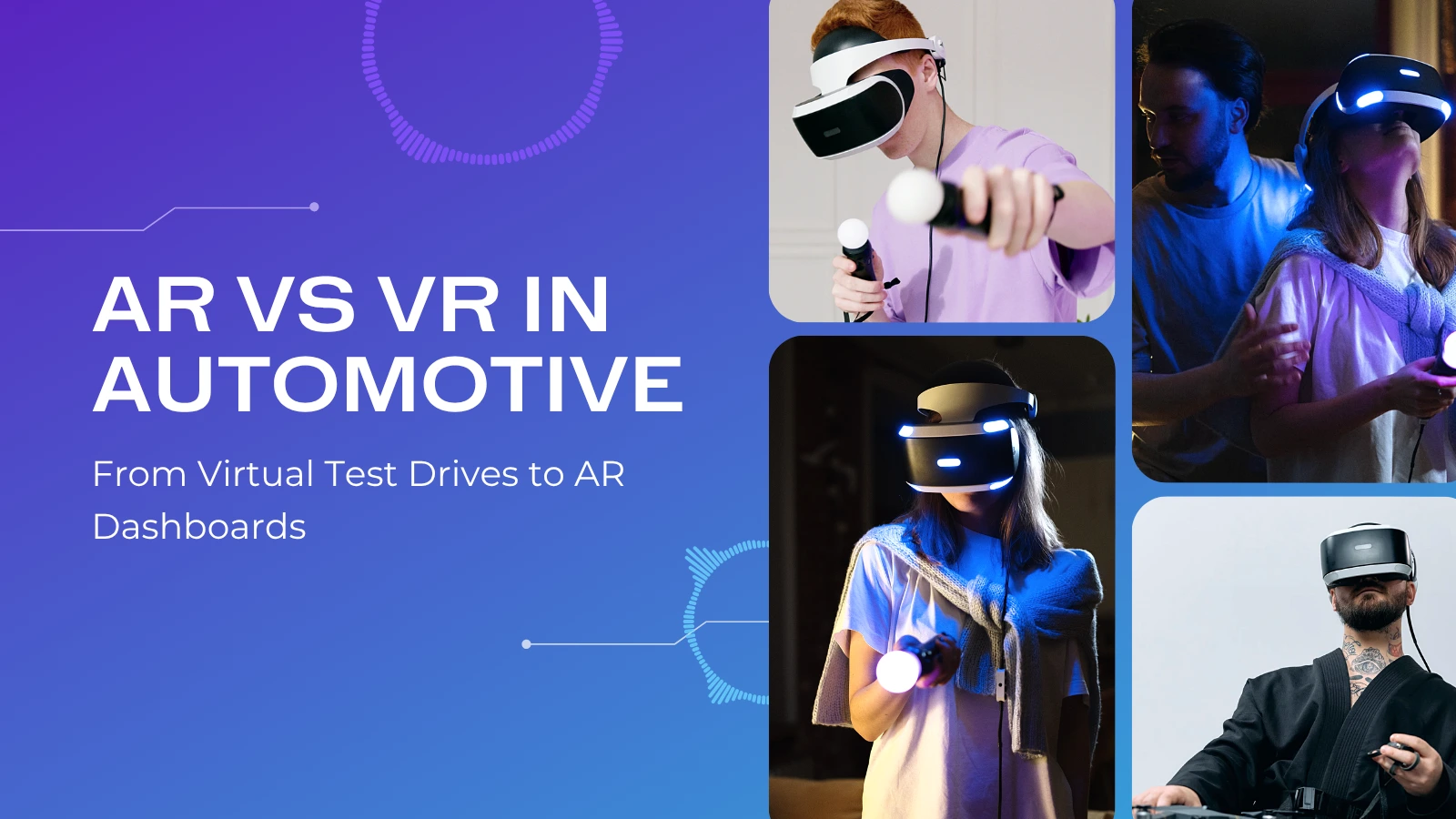How VR is Revolutionizing Education Through Mobile Apps
VR in Education: Learn by Living It
VR: Your Ticket to Anywhere
VR is like a time machine, a teleporter, and a microscope all rolled into one. With a mobile app and a headset (some cost less than a fancy dinner), you can go places you’d never reach otherwise. Walking through the Colosseum? Check. Swimming with whales? Yup. It’s not just for rich kids either—schools in rural areas or underfunded districts can use affordable VR app to level the playing field. Suddenly, every student gets a front-row seat to the world.
Take Jamal, a 10th-grader from a small town in Texas. His school couldn’t afford field trips, but with a VR app, he “visited” the Great Wall of China. “I felt like I was really there,” he said. “It’s way better than a picture in a book.” That’s the magic—VR makes you feel it, not just read it.
Let’s face it—our brains are wired for experiences, not just information. Think about the last time you truly learned something. Chances are, it wasn’t by passively reading a textbook or listening to a lecture. It was probably something you did, felt, or experienced. That’s exactly why Virtual Reality (VR) is transforming the way we learn.
When you're immersed in a VR app environment, you're not just absorbing information. You’re seeing it, hearing it, and interacting with it. You become part of the lesson. That kind of multisensory engagement activates more areas of the brain, creating stronger memory pathways. Research supports this too. One study showed that students who learned history
through a VR app experience remembered 30% more than those who simply read about the same events. Why? Because it’s like the difference between hearing about a rollercoaster and actually strapping in and feeling the drops. VR gives learning an emotional, physical dimension, and that makes it stick.
And don’t assume it’s just for elementary kids or flashy science demos. Virtual Reality apps are playing a massive role in vocational and professional training. For example, in medical schools, students can now practice complex procedures on virtual patients. They can make mistakes, try again, and perfect their techniques without ever putting a real person at risk. This repetition in a safe, controlled environment boosts confidence and skill levels before they ever step into an operating room.
Engineering students can manipulate 3D models, test materials, and simulate real-world scenarios without the cost or danger of working with actual machines. Pilots can train on flight simulators that mimic everything from turbulence to emergency landings. Firefighters can practice responding to blazing buildings, navigating smoke-filled rooms, and rescuing victims—all without facing real flames. These scenarios are repeatable, safe, and far more cost-effective than traditional training methods. You don’t need to crash a jet or burn a building to learn how to handle one.
But it’s not just students who are getting excited about VR apps—teachers are loving it too.
Take Ms. Carter, a high school biology teacher. She used to spend hours drawing complex cell structures on the whiteboard, hoping her students wouldn’t fall asleep during the explanation. Despite her best efforts, the diagrams never quite captured the complexity or excitement of what she was trying to teach. Then, she discovered a VR app that allowed her students to explore a human cell from the inside. Suddenly, her classroom was full of energy. Students were walking around inside a giant cell, pointing at mitochondria and ribosomes, asking questions like, “What does this do?” and “Why is that shaped like that?”
“It changed everything,” Ms. Carter says. “They’re not just memorizing labels anymore. They’re interacting, they’re curious, they’re engaged. It’s like they’re explorers, not just students.”
This shift—from passive to active learning—is at the core of why Virtual Reality apps works so well. It invites students to participate in their education rather than just consume it. They’re encouraged to ask questions, explore solutions, and think critically. And as any teacher will tell you, getting students genuinely excited about learning is half the battle.
As VR app development technology becomes more affordable and accessible, we can expect it to be used in even more creative and impactful ways in classrooms, labs, and training centers around the world. Whether it’s walking through ancient cities, performing virtual surgeries, or simulating real-world challenges, VR app development company is shaping the future of education—one immersive experience at a time.
Parents, don’t worry—it’s not all screen time. Virtual Reality gets kids engaged, not zoned out. They’re solving problems, collaborating, even creating their own virtual worlds. It’s active learning with a high-tech twist.
The Catch (There’s Always One)
Parents, don’t worry—it’s not all screen time. Virtual Reality gets kids engaged, not zoned out. They’re solving problems, collaborating, even creating their own virtual worlds. It’s active learning with a high-tech twist.
The Classroom of Tomorrow
So where’s this headed? Picture a world where every student has a VR app headset in their backpack, right next to their pencils. Governments are catching on—some are funding VR programs to boost education in remote areas. VR app development Company jumping in too, building apps that teach everything from math to mindfulness.
Learning doesn’t have to be dull anymore. With VR, it’s an adventure—whether you’re a kid exploring space or an adult training for a new career. So grab your phone, slip on a headset, and get ready. The classroom’s gone, converted into virtual reality , and it’s about time.
Subscribe Now
Get the weekly updates on the newest brand stories, business models and technology right in your inbox.
More Blogs
How Generative AI is Transforming Custom Software Development in 2025
The custom software development landscape is being revolutionized with the advent of Generative AI. With enterprises focusing on optimizing their operations and speeding up innovation compared to their peers, Generative AI has become a...
The Essential Guide to Automation AI: What Actually Works in 2025
AI Automation has demonstrably reshaped the workings of businesses by processing data and completing repetitive tasks faster and more efficiently than human workers. To illustrate, AI systems can now examine vast amounts of data, simul...
AR vs VR in Automotive_ From Virtual Test Drives to AR Dashboards
The automotive industry has experienced transformative changes in the recent years, all thanks to breakthroughs in immersive technology. The most notable changes are due to Augmented Reality (AR) and Virtual Reality (VR). The debate of...

 Awards & Recognition
Awards & Recognition







